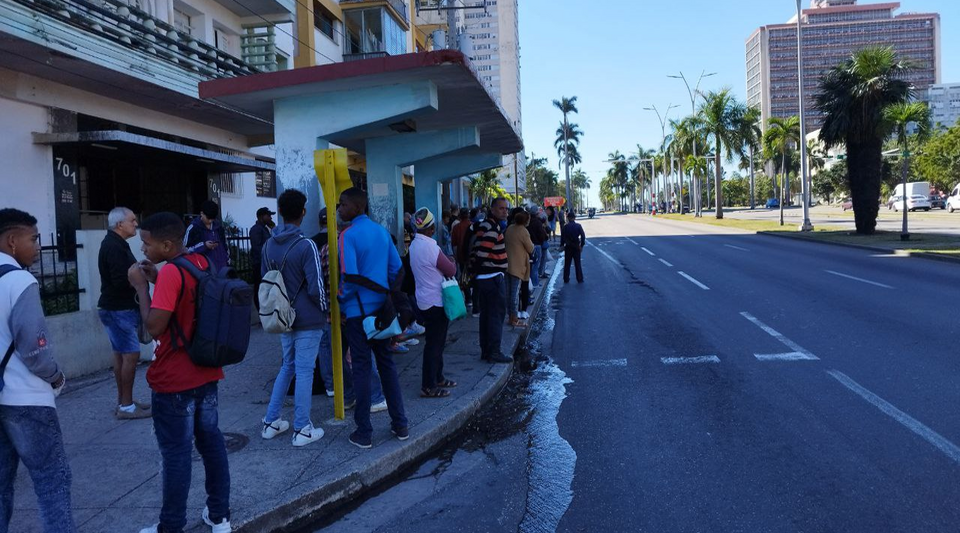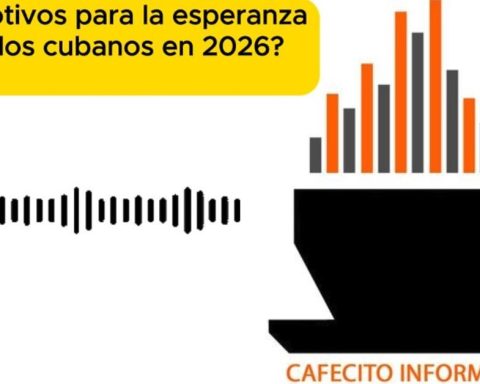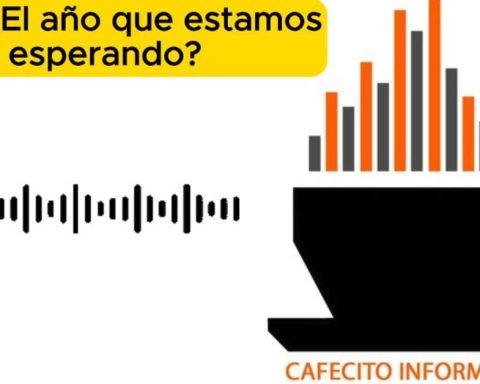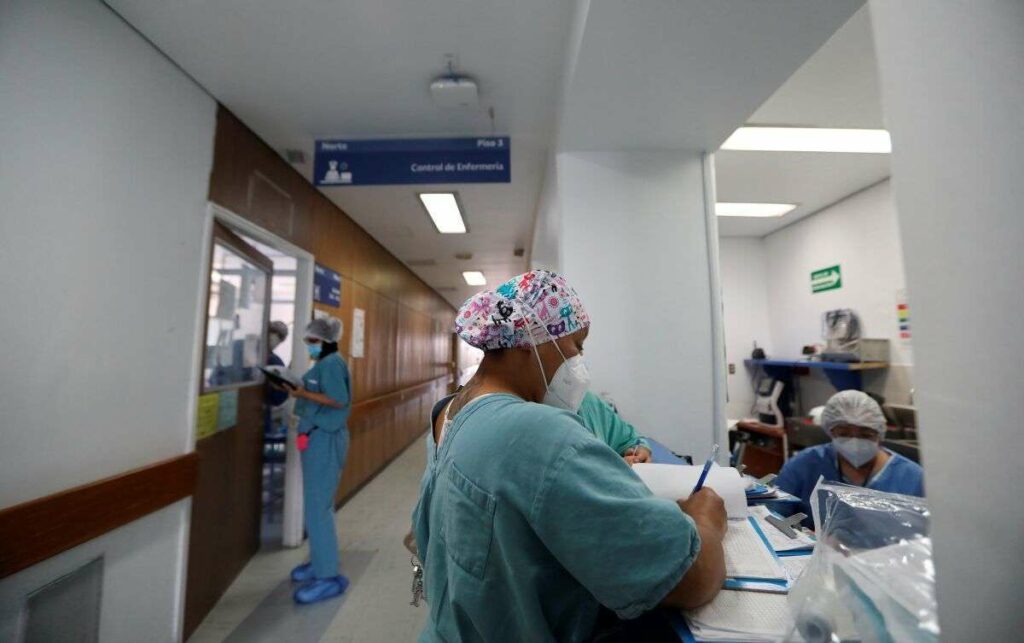The looks of those who are waiting go from the mobile screen to the avenue. After a while, a bus stops at the stop on Calle Porvenir, in Havana, although it was not previously seen on the MovilWeb Urbanos mobile application. Between vehicles that disappear from the map and others that appear out of nowhere, the tool generates more mistrust than certainties.
The beta version of MovilWeb Urbanos, exclusively for the Android system, threatens to become a failure, as was the case at the time. apps Where there is, which sought to inform customers what products had been stocked in state stores. Instead of saving walks and hours in line, that mobile program became the target of ridicule and complaints, just as is happening to her first cousin dedicated to public transport.
“You look at the application and there is no bus nearby, and suddenly one that was not there appears,” laments an Internet user who downloaded this Tuesday your annoyance in an article published by the official site cubadebate in which they recognize the resounding fall from grace of MovilWeb Urbanos. It was precisely this portal that, with great fanfare, announced the birth of the tool in October of last year.
The application offered the service of knowing in real time the location of the buses on Havana routes, but between the announcement and reality there is a huge distance. Richard, a 16-year-old high school student, remembers the excitement with which he received the news of that launch. “I thought it would save time and stress getting to school but in the end it failed me so much that I ended up deleting the apps of cell phone”.
“The problem is fundamental, because they start from the fact that all the buses have a GPS installed and that it is activated all the time”
“The problem is fundamental, because they start from the fact that all the buses have a GPS installed and that it is activated all the time,” questions the adolescent. “But if you are following the route of a bus, it can happen that it disappears from the map in the middle and you no longer know what time it will arrive at the stop you are at,” he adds. A disaster that causes frustration and distrust among its users.
Developed by the GeoMIX agency of the Geocuba business group in collaboration with various entities of the Ministry of Transportation, the application does not cover the routes of all the Havana terminals and when trying to investigate by buses that travel through areas with high customer demand, such as P2 that runs along Rancho Boyeros avenue, a brief message warns that “it still has no information.”
Of 135 bus routes included in the Beta version, including main, feeder and complementary routes, only half offer information for tracking their vehicles. Some details that have undergone transformations since the tool was launched, such as the change of the departure point, have not been updated and in other cases not even all the stops are reflected.
The constant internet interruptions and the areas of low data coverage that characterize the web connection provided by the telecommunications monopoly Etecsa add another bit of insecurity in the use of MovilWeb. It is enough that there is congestion in the networks, cloudy weather that hinders navigation or an area without 4G for the apps it becomes inoperative.
But the human factor seems to be the cause of its biggest problems. According to Rafael Barrios Garriga, deputy director of development of the Havana Provincial Transport Company (EPTH). In these locations, each dispatcher must manually enter the data on the departures and arrivals of the vehicles so that they are updated in the app, but “sometimes the personnel responsible for the updates does not do so.”
“There is a great business of using urban transport vehicles as if they were private, that is, managing the route that is made, the number of passengers that are transported and even the price that is charged privately”
“To this are added the drivers who irresponsibly disconnect the devices. MovilWeb also allows us to identify those who do so. An analysis is made with these drivers and we recently issued an indication to combat this,” adds the official to Cubadebate, but without alluding to the reasons why drivers choose to turn off the geolocation of the buses.
“There is a great business of using urban transport vehicles as if they were private, that is, managing the route that is made, the number of passengers that are transported and even the price that is charged privately,” he warns 14ymedio an EPTH driver who a few months ago decided to leave his post “on top of the bus” and opted for a place “in the terminal, with more calm and less surveillance.”
“What good is an application to follow the bus if there are no buses?” adds the state employee. “That doesn’t make sense and since they announced to us that this was going to start working for mobile phones, we knew that it was not possible to keep all that information because simply here you don’t even know when a car will be able to leave the terminal or what day it will be able to provide service or which one is not”.
In May of last year, the Governor of Havana, Reinaldo García Zapata, acknowledged in a meeting that only 30% of the total fleet of buses destined for public transportation circulated in Havana, “so the situation is critical.” The problem has worsened in recent months and, although the figures have not been updated, it is enough to go through the stops in Havana to perceive the deterioration.
Along with its mistakes, MovilWeb Urbanos has arrived at a terrible time for mobility in the city. Faced with its constant nonsense, many passengers have learned to undermine the credibility of the tool but continue to use it. “I use it, but I assume the risk of unreal information. I have seen everything: buses that appear as if they are going on the outbound route and it is the opposite, buses that appear as if they were from one route taking the route of another, etc.” another netizen complained.
This Tuesday, an old Girón bus painted with images of giraffes and lions – which once made internal tours in the National Zoo of Cuba – stopped at the stop on the corner of Boyeros and Calzada del Cerro. “Come on, it got to Carlos III,” the driver yelled, and a dozen eager passengers rushed through the open door. The vehicle never appeared on the apps MovilWeb Urbanos, where the map reflected the wide avenue empty of buses.
________________________
Collaborate with our work:
The team of 14ymedio He is committed to doing serious journalism that reflects the reality of deep Cuba. Thank you for accompanying us on this long road. We invite you to continue supporting us, but this time becoming a member of our newspaper. Together we can continue transforming journalism in Cuba.


















